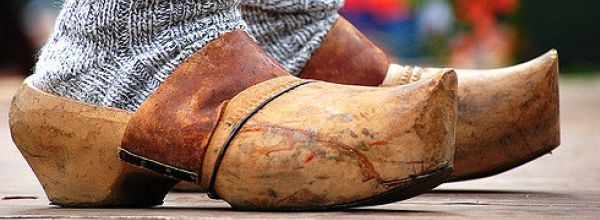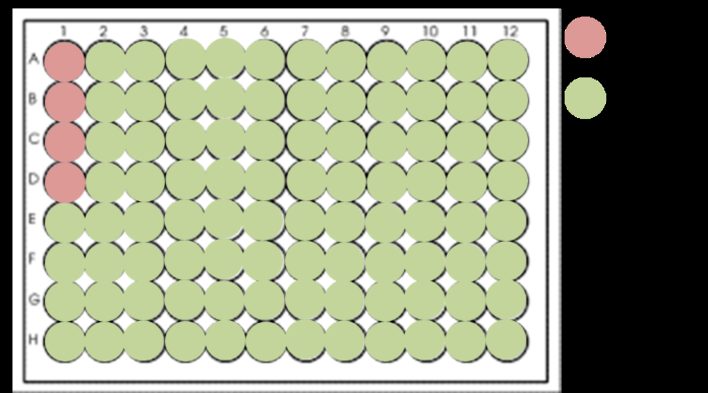So, you have successfully cloned your gene of interest and are eager to purify buckets of protein. No matter your eventual application—kinetic experiments using a SPR instrument, structural analysis using X-ray crystallography, or any other experiment—you’ll need to express your protein first. Now, it’s time to put your expression plasmid into E. coli and get to work optimizing conditions.
Bacterial Protein Expression Guide
This short guide will help you get started by considering the key variables in bacterial protein expression and giving some insight into how to fine-tune them.
Feed Me, Jack
Often overlooked and underappreciated, the bacteria’s food source may be the most critical for bacterial protein expression. Typically, Luria-Bertani (LB) broth is the best starting point. However, other media recipes exist and may be worth a look. A favorite of mine has always been Terrific Broth, which may cost a little more time and money in the long run, but consistently gives more cells and more cells equal more protein.
Develop a Slow Burn
Giving the expression trial a good start is critical. Building up to a 1L flask in a slow and gradual manner is always best. Start by growing a single colony picked from a fresh agar plate in ~ 5 mL of media for approximately 12 hours, use that culture to inoculate a 50 mL culture. Allow this to reach saturation also, another 16 – 18 hrs before moving to the larger flask. This gradual build up takes time, but allows the culture to strengthen by eliminating dead cells and allowing antibiotic pressure to overproduce plasmid.
Right Time, Right Amount
The majority of bacterial expression systems use isopropyl beta-thiogalactopyranoside (IPTG) for induction. The key to this is when and how much. Induction can be done at early (OD = 0.2-0.4), middle (OD = 0.6), or late (OD = 0.8-1.0) phases and IPTG concentrations can be varied from 0.1 – 1.0 mM using a concentrated stock. Don’t be afraid to try things outside of the norm, I generally find late induction with low IPTG works best.
Let the Cells Do the Work
After induction, the cells need time to work. General protocols call for continued expression at 37°C for a few hours. I find that letting the cells grow overnight at this point is a good strategy. Here is where you can be creative with temperature. Anywhere from 4°C to 37°C is reasonable and may give significantly different results. I have had luck with 20°C expression, which is often helpful when a shaker is at or near room temperature.
The key to optimizing protein expression is the willingness to vary conditions and be creative with the process. Know the variables that you want to focus on and perform a set of experiments, but avoid changing too many things at once to simplify the process. For example, try different IPTG concentrations but keep temps and induction OD constant.
The best way to start successful protein isolation is with an abundance of overexpression, no doubt saving you time in the long run.






